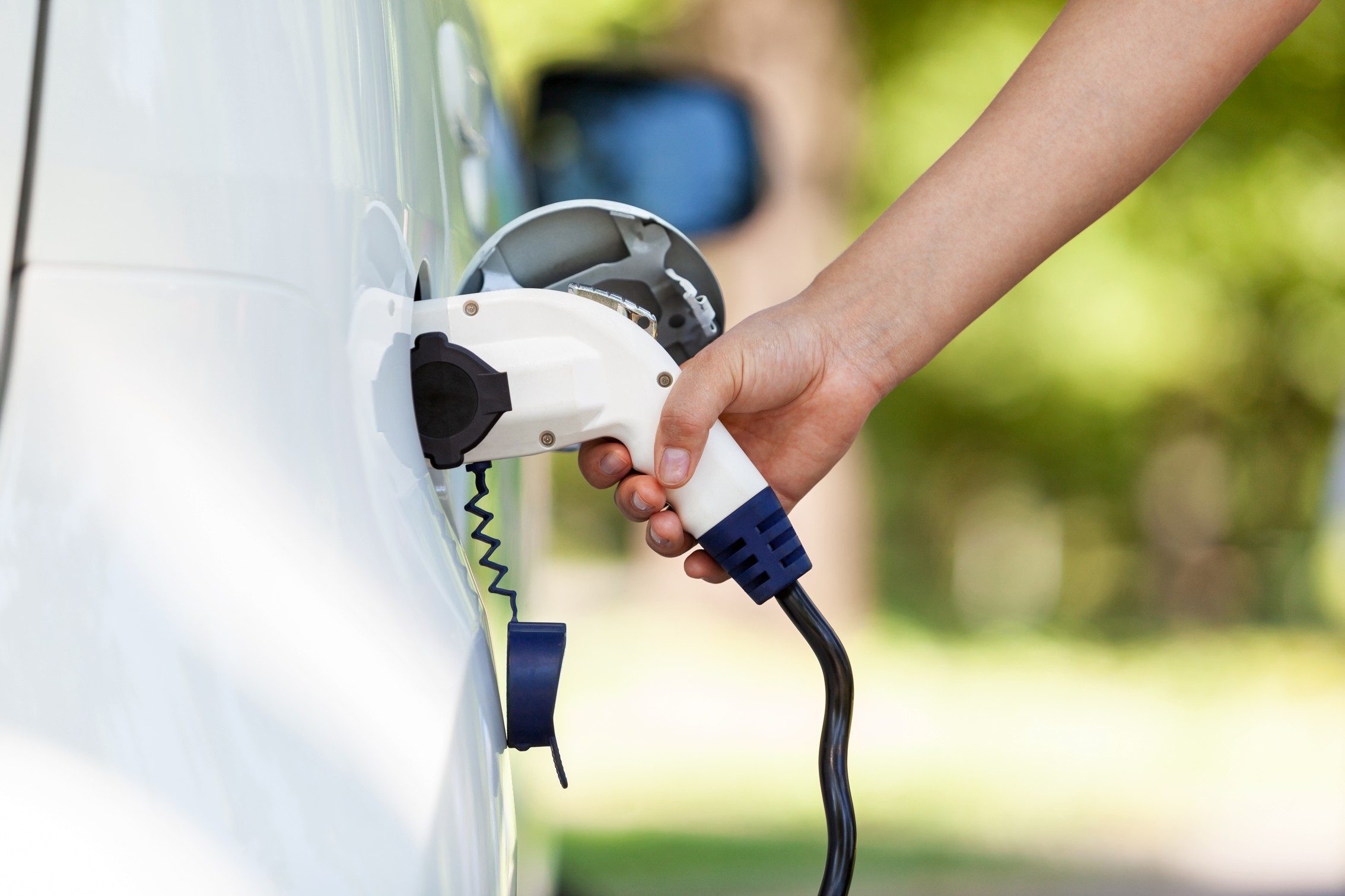JERSEY Electricity has announced a £600,000 investment to future-proof the Island’s electric-vehicle network.
Jersey’s network of electric chargers was first installed in 2012 and updated in 2018. It currently consists of 109 charging points in publicly accessible places, such as car parks.
Peter Cadiou, Jersey Electricity’s director of commercial services, explained: ‘EV charging technology has rapidly developed in recent years, so now is the right time to upgrade the public EV charging network.’
The network is made up of standard 7kW chargers, fast 22kW chargers, rapid 50kW chargers and one ultra rapid 150kW charger.
All 109 chargers, aside from the single ultra rapid charger, will be replaced and upgraded, with all chargers now having the capacity to deliver 22kW.
A 7kW charger adds four miles per ten minutes of charge, whereas a 22kW charger adds 13 miles per ten minutes of charge.
The one ultra rapid 150 kW charger adds 100 miles per nine-minute charge.
As part of the upgrades, Jersey Electricity are also making improvements to the back-office system that operates the chargers.
Demand for electric vehicles has risen sharply. According to Driver and Vehicle Standards (DVS), there were 1,365 electric vehicles in Jersey at the end of 2021.
Just one year later, this number had risen by more than 30% to 1,789.
Due to their potential as a low-carbon alternative to fossil-fuelled vehicles, the large-scale adoption of electric vehicles is a key facet of the carbon neutral roadmap – the government’s plan to get the Island to net-zero emissions by 2030.
Mr Cadiou said: ‘This means our network will be future-proofed and ready to support the Island with its aspirations for low carbon transportation.’
Chris Ambler, chief executive of Jersey Electricity, said the upgrade supported ambitions for a zero-carbon future.
He explained: ‘As more people switch to low-carbon transportation… the Evolve network is ready for investment now to meet the future demand for public charging.’
The upgrades are expected to be rolled out over the next six months.






